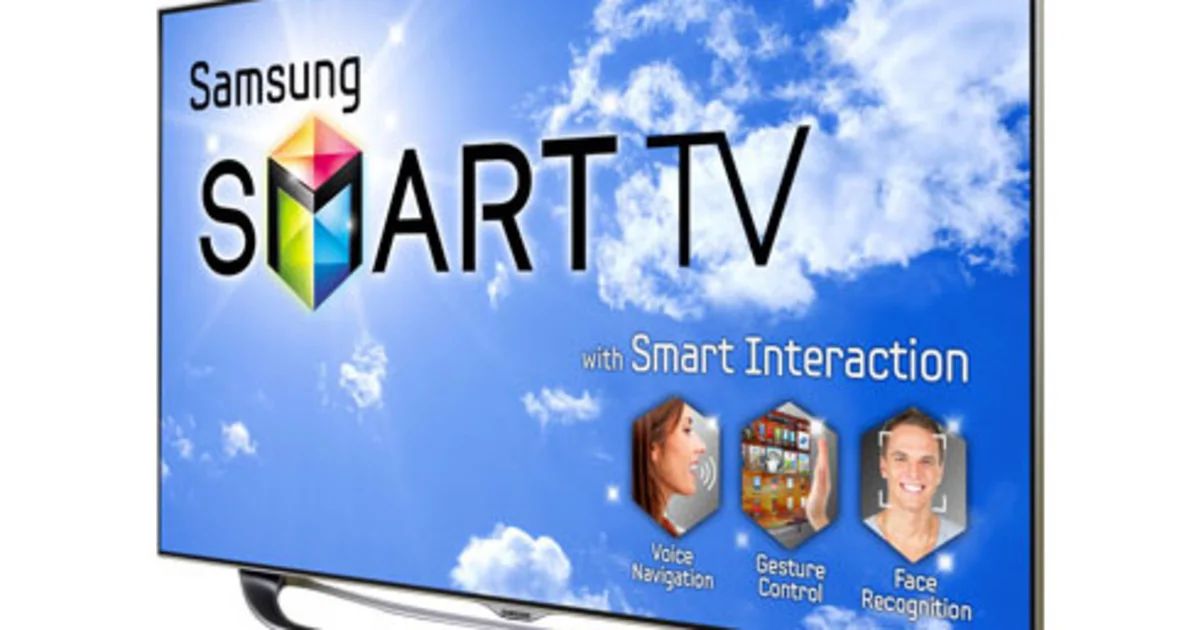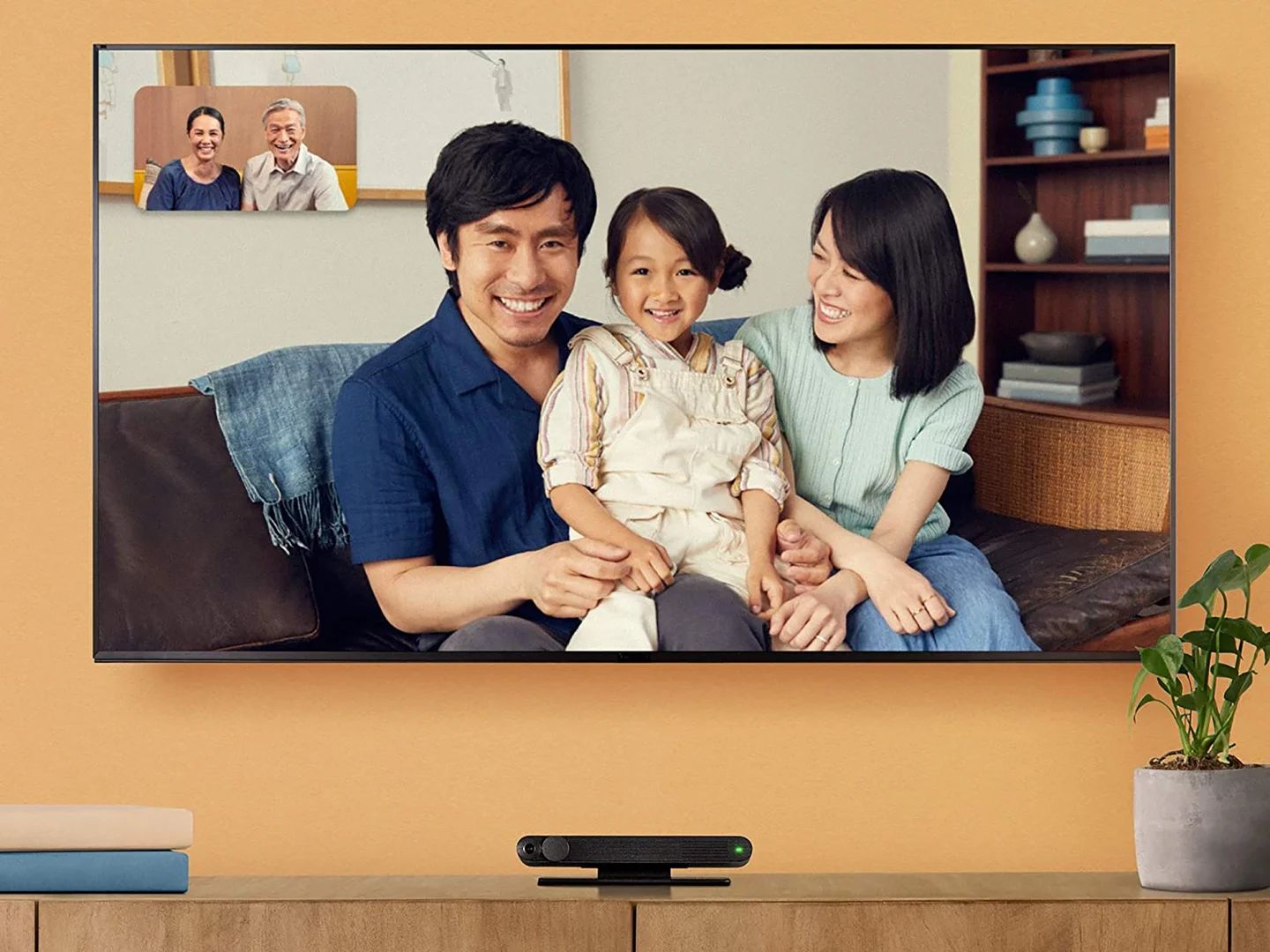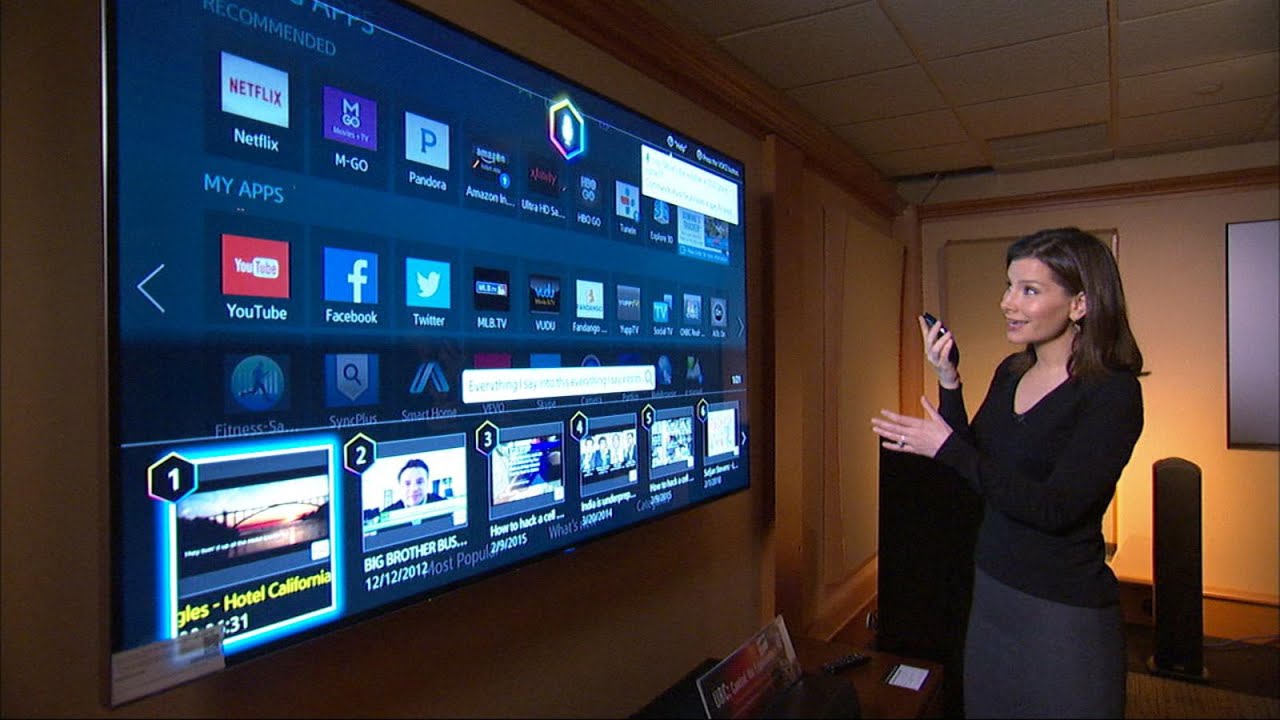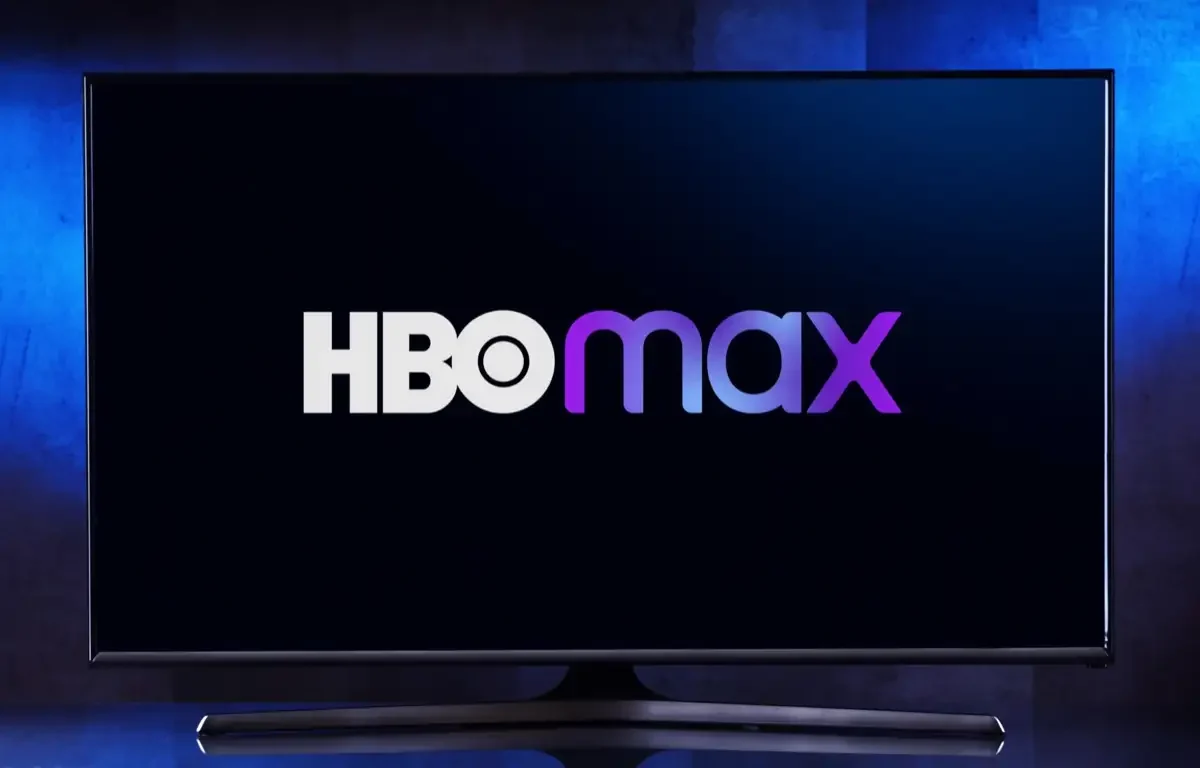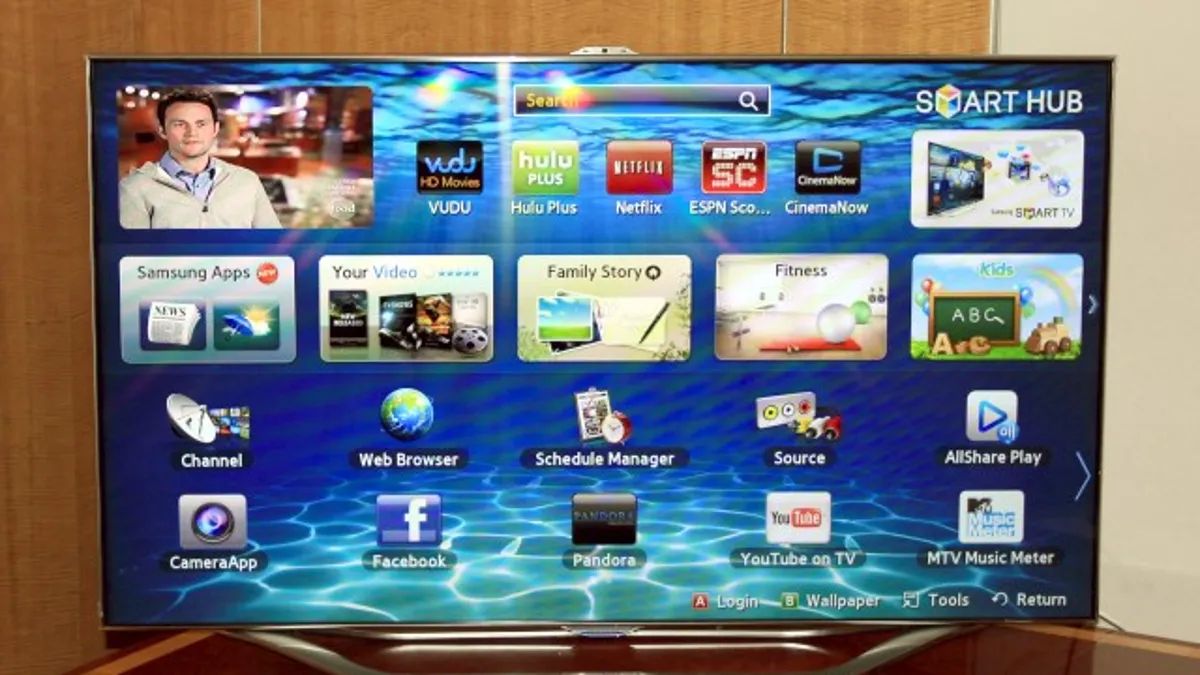Introduction
A television has long been a staple in households around the world, serving as a source of entertainment, information, and connection. In recent years, technological advancements have introduced a new era of televisions known as “Smart TVs.” These innovative devices offer features beyond traditional broadcast channels, allowing users to stream content, access apps, browse the internet, and much more.
However, not all televisions are equipped with these advanced capabilities. There is a category of televisions that are referred to as “Not Smart TVs” or sometimes simply “Non-Smart TVs.” These are traditional televisions that lack the integrated smart functionality found in their smarter counterparts.
While Smart TVs have gained popularity for their convenience and versatility, there are still many options available for those who prefer a Not Smart TV. In this article, we will explore the differences between Smart TVs and Not Smart TVs, as well as alternative devices that can provide similar features and capabilities.
Whether you are looking to upgrade your existing television or need a new device for a specific purpose, understanding the options available to you will help you make an informed decision. So, let’s dive in and explore the world of Not Smart TVs and their alternatives!
Definition of a Smart TV
A Smart TV is a television that is equipped with internet connectivity and integrated software applications, allowing users to access a wide range of online content and services directly from their television screen. These advanced televisions typically come with built-in Wi-Fi or Ethernet connectivity to establish a connection to the internet.
Smart TVs offer various features and functionalities that go beyond traditional television broadcasting. Users can stream their favorite movies and TV shows through popular streaming platforms such as Netflix, Hulu, and Amazon Prime Video. They can also access social media platforms, browse the internet, play games, and even control smart home devices, all from the convenience of their TV.
One of the key components that make a Smart TV “smart” is its operating system. Different manufacturers use different operating systems, such as LG’s webOS, Samsung’s Tizen, or Android TV. These operating systems provide a user-friendly interface for navigating through apps, settings, and content.
Smart TVs also come with app stores, similar to those found on smartphones and tablets, where users can download and install a variety of applications to customize their viewing experience. These apps range from entertainment-focused ones like music streaming services and video games to productivity apps like weather updates and news portals.
Additionally, many Smart TVs have voice control capabilities, allowing users to interact with their television using voice commands. This hands-free functionality makes it easier to search for content, adjust settings, and access various features without the need for a remote control.
Overall, Smart TVs provide a complete entertainment solution by marrying traditional television broadcasting with the vast possibilities of the internet and app ecosystem. They offer a convenient and integrated way to access a wide array of content and services, making them a popular choice among tech-savvy consumers.
Definition of a Not Smart TV
A Not Smart TV, also known as a Non-Smart TV, is a traditional television that does not have built-in internet connectivity or the ability to access online content and services. These televisions are primarily designed for receiving broadcast signals from cable, satellite, or antenna sources.
Unlike Smart TVs, Not Smart TVs do not have integrated software applications or operating systems that provide access to streaming platforms, social media, or other online services. They are essentially standalone devices that rely on external sources for content and functionality.
Not Smart TVs are typically equipped with various input ports and connectors, such as HDMI, VGA, and USB, which allow users to connect external devices like DVD players, gaming consoles, or set-top boxes. These devices act as intermediaries, providing the necessary smart features and internet connectivity that a Not Smart TV lacks.
Users of Not Smart TVs can still enjoy traditional television programming by connecting their cable or satellite boxes directly to the television. By doing so, they can access a wide range of channels and enjoy high-quality picture and sound without the need for additional devices.
One advantage of a Not Smart TV is its simplicity. These televisions offer a straightforward viewing experience without the complexities of app stores, operating systems, and internet connectivity. They are often more affordable than their Smart TV counterparts and cater to those who simply want a reliable television for watching their favorite shows and movies.
While a Not Smart TV may lack the advanced features and internet connectivity of a Smart TV, it can still provide an enjoyable viewing experience when paired with external devices. Users can utilize set-top boxes, streaming devices, game consoles, or HDMI sticks to access online content and services, transforming their Not Smart TV into a smart entertainment hub.
Overall, a Not Smart TV offers a more traditional television experience without the bells and whistles of internet connectivity and smart functionality. It provides a reliable and cost-effective option for those who prioritize simplicity and are content with accessing online content through external devices.
Alternatives to Smart TVs
While Smart TVs have become increasingly popular, there are still alternatives available for those who prefer not to invest in a Smart TV or already own a Not Smart TV. These alternatives can provide similar functionalities and access to online content and services. Let’s explore some of the popular options:
- Set-top Boxes: Set-top boxes, such as Roku, Apple TV, and Amazon Fire TV, are external devices that connect to a television and provide access to a wide range of streaming platforms and online services. These devices often come with their own user-friendly interfaces and app stores, allowing users to customize their entertainment experience.
- Streaming Devices: Similar to set-top boxes, streaming devices like Google Chromecast or Amazon Fire Stick connect to a television’s HDMI port and enable users to stream content directly from their smartphones, tablets, or computers. These devices essentially turn a regular TV into a Smart TV by utilizing the processing power and internet connectivity of the user’s existing devices.
- Game Consoles: Gaming consoles, such as PlayStation or Xbox, offer more than just gaming capabilities. They also serve as multimedia devices, providing access to popular streaming services and apps. Users can connect their game console to their television and enjoy a wide variety of content without the need for a Smart TV.
- HDMI Sticks: HDMI sticks, such as Google Chromecast or Amazon Fire TV Stick, are small devices that plug directly into the television’s HDMI port. They allow users to stream content from various online platforms, similar to set-top boxes and streaming devices. HDMI sticks are portable and easy to use, making them a convenient option for accessing online content.
These alternatives provide users with the flexibility to transform their existing Not Smart TVs into smart entertainment hubs. By utilizing external devices, users can access popular streaming platforms, browse the internet, and enjoy a wide range of online content without the need to purchase a new Smart TV.
Ultimately, the choice between a Smart TV and its alternatives depends on personal preferences, budget, and existing technology infrastructure. Each option offers its own set of features and benefits, ensuring that users can find a solution that fits their needs and enhances their entertainment experience.
Set-top Boxes
Set-top boxes are external devices that connect to a television and provide access to a wide range of streaming platforms and online services. These devices act as intermediaries, bringing smart functionality to a Not Smart TV.
Popular set-top boxes include Roku, Apple TV, and Amazon Fire TV. These devices typically come with their own user-friendly interfaces and app stores, allowing users to customize their entertainment experience. With a set-top box, users can stream their favorite movies and TV shows from popular platforms like Netflix, Hulu, Disney+, and more.
Set-top boxes offer a variety of features and functionalities beyond streaming content. They may include integrated voice search capabilities, allowing users to search for movies, TV shows, or apps by simply using their voice. Some devices also offer the ability to connect external storage devices, enabling users to access their own media libraries.
One of the advantages of set-top boxes is their versatility. They work with any television, whether it’s a new HDTV or an older CRT TV. This makes them a great option for those who have a Not Smart TV but still want to take advantage of streaming services and online content.
Another benefit of set-top boxes is their constant updates and support. Manufacturers regularly release firmware updates to improve performance, add new features, and enhance security. This ensures that users can enjoy the latest advancements without needing to replace their entire television.
Setting up a set-top box is typically straightforward. Users need to connect the device to their TV using an HDMI cable, connect it to the internet (usually via Wi-Fi or Ethernet), and follow the on-screen instructions to complete the setup process. Once set up, users can navigate through the device’s interface with a remote control, accessing various streaming apps and services.
Overall, set-top boxes offer a convenient and affordable solution for those who want to transform their Not Smart TV into a smart entertainment hub. With their wide range of features and access to popular streaming platforms, set-top boxes provide an excellent alternative for enjoying online content on a traditional television setup.
Streaming Devices
Streaming devices, such as Google Chromecast or Amazon Fire Stick, are compact and portable devices that connect to a television’s HDMI port. These devices enable users to stream content directly from their smartphones, tablets, or computers onto their TVs.
Streaming devices essentially turn a regular TV into a Smart TV by utilizing the processing power and internet connectivity of the user’s existing devices. Users can use their smartphone or tablet as a remote control, selecting and controlling the content they want to watch on the big screen.
Popular streaming devices offer a wide range of streaming platforms and apps, allowing users to access popular services like Netflix, Hulu, YouTube, and more. They also support various video and audio formats, ensuring a high-quality viewing experience.
Setting up a streaming device is usually simple and only requires a stable Wi-Fi connection. Users need to plug the device into the HDMI port of their television, connect it to their Wi-Fi network, and follow the on-screen instructions to complete the setup process. Once set up, users can launch compatible apps on their mobile devices and cast the content onto the TV screen.
One of the advantages of streaming devices is their portability. Users can easily take them with them while traveling or visiting friends or family, allowing them to stream their favorite content wherever they go.
Some streaming devices also come with advanced features like voice control. Users can control the device and search for content by simply using their voice, making the navigation process even more convenient.
When using a streaming device, users are not limited to just streaming video content. Many platforms and apps also offer music streaming services, access to news and sports content, and even gaming capabilities.
Streaming devices are a great alternative for those who prefer not to invest in a Smart TV or want to enjoy the convenience of streaming online content without the need for multiple cables or additional devices. With their flexibility, ease of use, and wide selection of streaming services, streaming devices offer an excellent solution for transforming a Not Smart TV into a smart entertainment center.
Game Consoles
Gaming consoles, such as PlayStation or Xbox, offer more than just gaming capabilities. They also serve as multimedia devices, providing access to popular streaming services, apps, and online content.
Game consoles are powerful devices that connect to a television and offer a wide range of entertainment options. Users can access streaming platforms like Netflix, Hulu, and Amazon Prime Video directly from the console’s interface, allowing them to watch their favorite movies and TV shows without the need for a Smart TV.
Game consoles also provide access to various music streaming services, allowing users to listen to their favorite songs and playlists. Additionally, they often offer apps for news updates, sports coverage, and other forms of digital content, making them a versatile entertainment solution.
One of the advantages of using a game console as an alternative to a Smart TV is the gaming experience it offers. Users can not only enjoy traditional television and streaming content but also immerse themselves in their favorite video games. Game consoles provide cutting-edge graphics, advanced gameplay features, and a wide selection of gaming titles.
Setting up a game console is relatively simple. Users need to connect the console to their television using an HDMI cable, connect it to the internet via Wi-Fi or Ethernet, and follow the on-screen instructions to complete the setup process. From there, they can navigate through the console’s interface using a dedicated controller.
Game consoles often receive regular updates that introduce new features, enhancements, and security updates. This ensures that users can stay up to date with the latest advancements without needing to purchase a new device.
While game consoles may have a higher upfront cost compared to other alternatives, they provide a comprehensive entertainment solution. Users get access to not only streaming platforms but also gaming, music, apps, and more, all within a single device.
Overall, game consoles offer a compelling alternative to Smart TVs for those who are avid gamers and want access to a wide range of entertainment options. With their advanced graphics, versatile gameplay, and multimedia capabilities, game consoles provide an all-in-one solution for those looking to upgrade their entertainment experience.
HDMI Sticks
HDMI sticks, such as Google Chromecast or Amazon Fire TV Stick, are compact and portable devices that plug directly into the HDMI port of a television. These devices enable users to stream content from various online platforms onto their TVs.
HDMI sticks essentially turn a regular TV into a Smart TV by utilizing their built-in Wi-Fi capabilities and processing power. Users can connect their smartphones, tablets, or computers to the HDMI stick, allowing them to cast or mirror their device’s screen onto the television.
Setting up an HDMI stick is typically straightforward. Users need to plug the device into the HDMI port of their television, connect it to their Wi-Fi network, and follow the on-screen instructions to complete the setup process. Once set up, users can launch compatible apps on their mobile devices and cast the content onto the TV screen in a few clicks.
HDMI sticks provide access to popular streaming platforms and apps, offering a wide variety of content options. Users can stream movies and TV shows from platforms like Netflix, Hulu, and YouTube, or listen to music through streaming services like Spotify or Apple Music.
One of the advantages of HDMI sticks is their portability. Users can easily carry them with them while traveling or visiting friends or family, allowing them to enjoy their preferred content on different TVs without the need to set up additional devices.
Although HDMI sticks rely on users’ smartphones, tablets, or computers for content selection and control, they often come with dedicated remote controls for easy navigation. Some sticks also offer voice control features, allowing users to search for content or control playback using their voice.
Not only do HDMI sticks provide access to streaming services, but they also support various other apps and features. Users can access news apps for the latest updates, sports apps for live coverage, and even games for casual entertainment.
Overall, HDMI sticks offer a convenient and affordable alternative for turning a Not Smart TV into a smart-enabled entertainment center. With their compact size, ease of use, and access to a wide range of streaming platforms and apps, HDMI sticks provide a flexible solution for enjoying online content on any television with an HDMI port.
Conclusion
When it comes to choosing between a Smart TV and its alternatives, the decision ultimately boils down to personal preferences, budget, and existing technology infrastructure. Smart TVs offer a complete entertainment solution with their integrated internet connectivity and access to a wide range of online content and services. However, for those who prefer not to invest in a Smart TV or already own a Not Smart TV, there are viable alternatives available.
Set-top boxes, such as Roku, Apple TV, and Amazon Fire TV, provide a convenient way to access streaming platforms and online services. They offer user-friendly interfaces, app stores, and advanced features like voice control, enhancing the entertainment experience on a traditional television setup.
Streaming devices, like Google Chromecast or Amazon Fire Stick, utilize the processing power and internet connectivity of users’ existing devices to stream content onto the TV. They offer portability and simplicity while providing access to a wide range of streaming platforms and apps.
Game consoles, such as PlayStation or Xbox, not only serve as gaming devices but also offer access to streaming services, music streaming, and other digital content. They provide a comprehensive entertainment solution for gaming enthusiasts.
HDMI sticks, like Google Chromecast or Amazon Fire TV Stick, allow users to stream content from their smartphones, tablets, or computers onto their TVs. They are portable, easy to set up, and provide access to popular streaming platforms and apps.
Regardless of the chosen alternative, each option offers its own set of features and benefits. By utilizing these alternatives, users can transform their existing Not Smart TVs into smart entertainment hubs, accessing online content and services without the need for a new Smart TV.
It’s important to evaluate individual needs and preferences to determine which alternative is the best fit. Consider factors such as budget, desired features, ease of use, and content availability when making a decision.
Whether it’s through set-top boxes, streaming devices, game consoles, or HDMI sticks, there are plenty of options available to enhance the entertainment experience on a traditional television. With the advancement of technology, users no longer have to limit themselves to a Smart TV to access online content. They can enjoy the benefits of a connected world of entertainment on their Not Smart TVs with the right alternative at hand.









